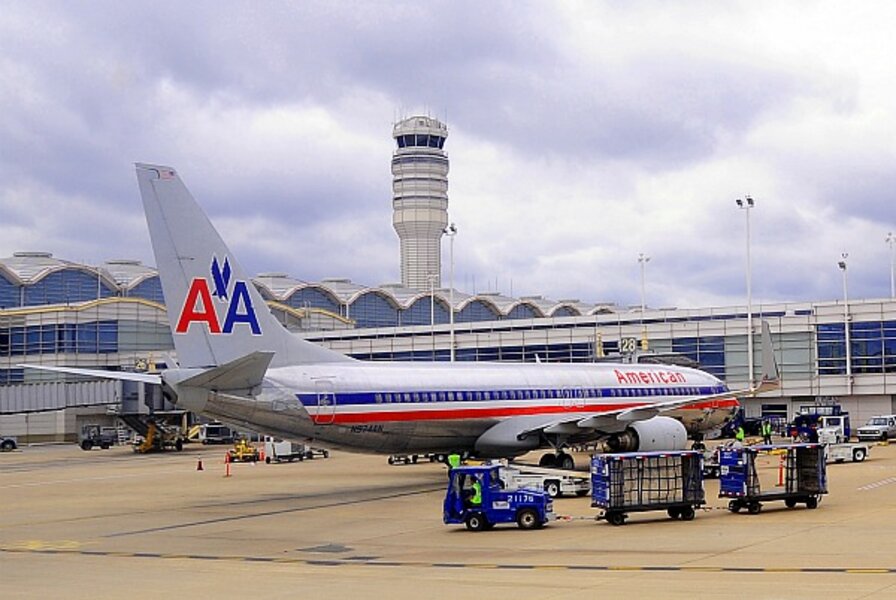One snoozing air traffic controller wakes up FAA
Loading...
| Atlanta
Though two planes landed safely at Reagan National Airport in the wee hours of Wednesday as a sole air traffic controller snoozed at the radar, the FAA has nevertheless ordered a comprehensive review as well as new recommendations for the nation's airports re: the midnight shift.
Federal Aviation Administrator Randy Babbitt, the nation's top pilot, made immediate changes to tower-to-plane protocol on Friday after saying earlier in the week he was "personally outraged" that two airline pilots had to manage midnight landings at Reagan National essentially by themselves.
The main change is that ground controllers who guide planes in from cruising altitude will contact airport towers instead of leaving it up to pilots to make the contact before landing, which has been the procedure. Transportation Secretary Ray LaHood also immediately ordered Reagan National to increase its overnight staffing.
Coming on top of an ordered FAA review of the incident, which happened just after midnight Wednesday, the National Transportation Safety Board also said one of the factors it's investigating is "human fatigue issues." Controller fatigue was also a concern in the Aug. 27, 2006 crash in Lexington, Ky, that killed 49 people.
Though the NTSB ultimately didn't find the Lexington controller at fault, he admitted to investigators that he'd gotten only got two hours of sleep the night before. That investigation led to official recommendations ordering airports to be on the lookout for controller fatigue and to make sure schedules are arranged so that controllers have the best chance of being well-rested.
The extent to which those recommendations were ultimately implemented will be part of the investigation into Wednesday's incident at Reagan National, though the main problem now appears to be that only one controller was on duty from midnight to 6 a.m.
The two planes – an American Airlines flight from Miami and a United Airlines connection from Chicago – approached Reagan National early Wednesday but failed to get a response from the tower. Controllers at other airports also tried to get the tower's attention, even using a so-called "shout line" that pipes communications through a loudspeaker.
Without assistance from the tower, the pilots took command of the situation, broadcasting their progress to each other as well as to radar controllers at the Potomac Terminal Radar (TRACON) facility. The TRACON controller told the pilots the tower appeared unmanned and that, if they decide to land at Reagan National, they should use procedures for an "uncontrolled" airport. Under a 1999 FAA directive, controllers have no legal authority to withhold landing clearance because an airport control tower isn't responding.
When the air traffic controller finally came back on the radio, he said he had been dealing with a "stuck mike." But officials later said the man had fallen asleep at one of the nation's main airports, located two miles from the White House.





